I. Types of membrane damage caused by incorrect shutdown
1. Physical damage to the membrane element
Water hammer impact: the valve is closed too quickly when shutting down, resulting in a sudden drop or rise in pressure in the pipeline, forming a “water hammer effect”, which may cause physical rupture of the membrane element, sealing ring displacement or diaphragm folds.
Back pressure damage: After shutdown, if the pressure on the concentrated water side is higher than that on the produced water side (e.g. the valve of the produced water pipeline is not opened), it may lead to reverse pressure on the membrane element, resulting in delamination or rupture of the membrane sheet.
2. Membrane contamination and microbial reproduction
Thick water retention: after shutdown without timely flushing of the membrane element, the high concentration of salts in the concentrated water, pollutants (such as calcium and magnesium ions, organic matter) will be deposited on the surface of the membrane, accelerating membrane contamination.
Microbial reproduction: equipment for a long time downtime, if the membrane element is not protected (such as sterilization, charging protective solution), the residual water in the microbial reproduction, the formation of biofilm, difficult to clean and irreversible damage to the membrane structure.
3. Chemical damage
pH value abnormal erosion: before shutdown without adjusting the pH value of incoming water, or rinse solution water quality does not meet the requirements (such as containing strong oxidants), which may lead to chemical degradation of membrane materials (such as polyamide membrane hydrolysis in extreme pH environment).
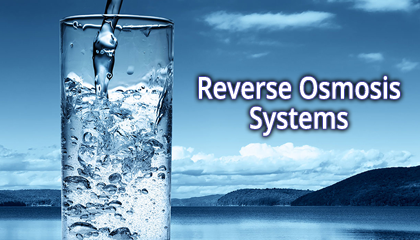
Second, the common error shutdown operation
Wrong operation: direct power off
Damage principle: not according to the process of depressurization, flushing, pumps suddenly shut down resulting in instantaneous fluctuations in pipeline pressure, resulting in water hammer impact.
Wrong operation: shut down the water inlet valve and then stop the pump
Damage principle: the pump is still running when the water inlet valve is closed, resulting in the membrane element is “pumped out”, the water side of the formation of negative pressure, may be suction flattening of the membrane element.
Wrong operation: not carrying out low-pressure flushing
Damage principle: concentrated water stagnation in the membrane, salt crystallization deposits; microorganisms in the concentrated water in the high nutrient environment of rapid reproduction.
Wrong operation: Long-term shutdown without protection
Damage Principle: Membrane element is dry or contaminated by microorganisms, especially under the high temperature environment in summer, biofilm breeding speed is accelerated.
Wrong operation: shut down when the water production valve is closed
Damage principle: the pressure of the concentrated water side is higher than that of the produced water side after shutting down, forming back pressure, resulting in reverse pressure on the membrane element.
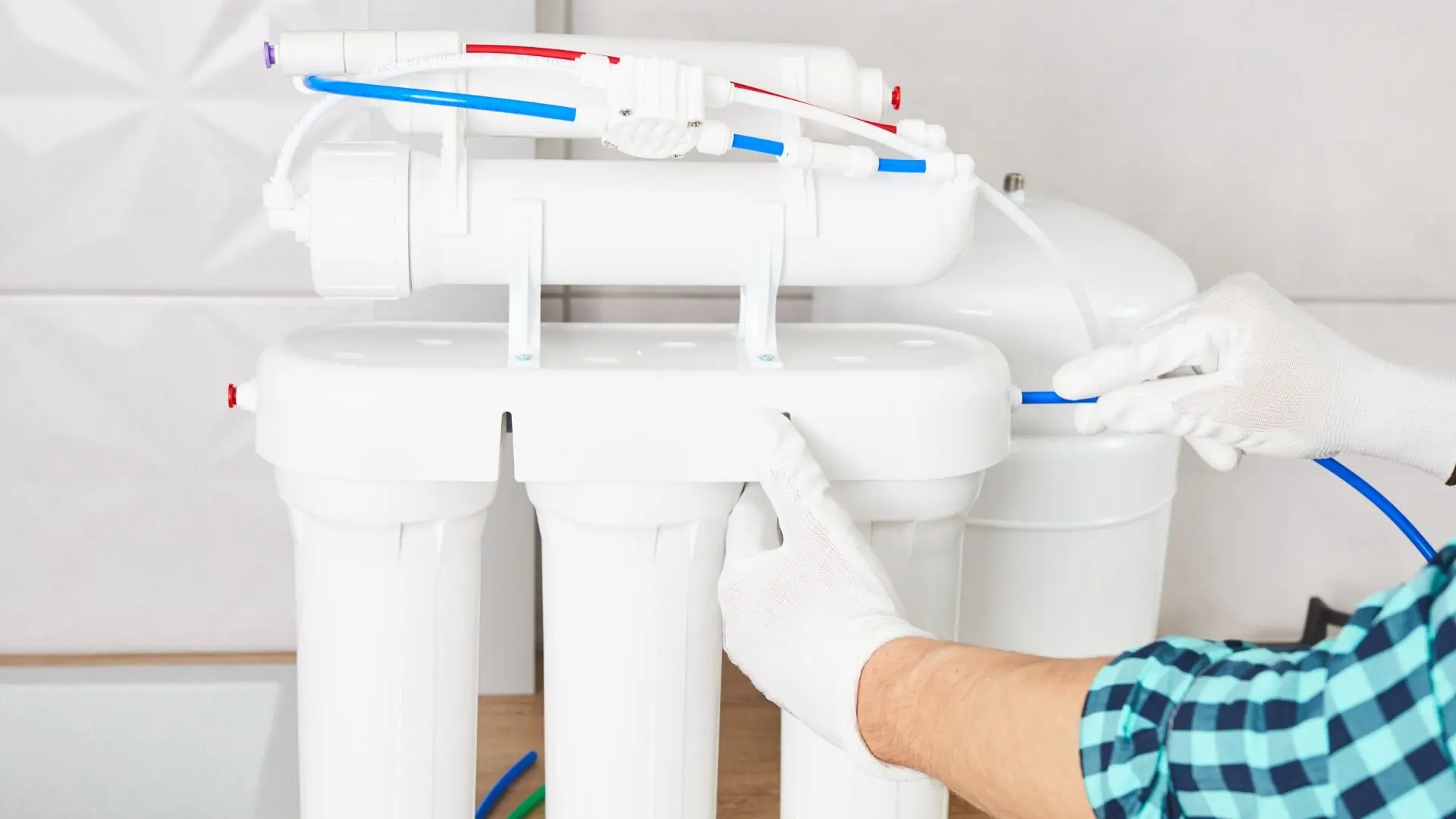
Third.Correct shutdown process and operation points
1. Normal shutdown process (short-term shutdown, <24 hours)
Step 1: Reduce the system pressure
Slowly adjust the inlet valve and the thick water valve to reduce the system pressure to 0.2-0.3 MPa, and maintain the low-pressure operation for 3-5 minutes, so as to make the membrane element depressurize gradually to avoid the impact of water hammer.
Step 2: Low-pressure flushing
Switch to flushing mode (or open the flushing valve), flush the membrane element with pre-treated water (or reverse osmosis water) for 5-10 minutes until the conductivity of the concentrated water is close to that of the feed water.
Purpose: To flush the membrane surface of the residual concentrated water, pollutants, reduce the risk of membrane contamination.
Step 3: Shut down pumps and valves
First stop the high pressure pump, then close the influent valve, the concentrated water valve, and finally open the produced water discharge valve (to prevent back pressure), to keep the produced water pipeline unobstructed.
Step 4: Keep the system moist
Make sure the membrane element is always filled with water after shutdown, avoid drying (drying will cause membrane element shrinkage and debonding).
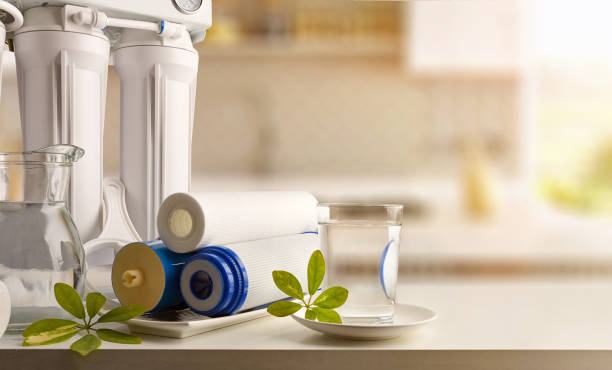
2. Long-term shutdown protection (shutdown > 24 hours)
Step 1: Thorough Chemical Cleaning
If the membrane element is contaminated, it should be chemically cleaned (acid, alkali, or special cleaning agent depending on the type of contaminant) to remove the deposited impurities.
Step 2: Sterilization
Flush the membrane element with a solution containing 100-200 ppm sodium hypochlorite (or special biocide) to kill microorganisms and prevent biofilm growth.
Note: Polyamide membranes should be protected from strong oxidizing agents (e.g., free chlorine > 0.1 ppm), and non-oxidizing biocides (e.g., isothiazolinone) should be used in strictly controlled concentrations.
Step 3: Seal with Protective Fluid
For shutdowns longer than 7 days, it is recommended to fill the membrane housing with a 1-2% sodium bisulfite solution (or special protective fluid) and close all valves to prevent air from entering.
Operation Points: The protective fluid should completely fill the membrane element to avoid the residual air causing the membrane to dry or oxidize. In the winter, pay attention to anti-freezing (can add propylene glycol and other anti-freezing agents).
Step 4: Regular Maintenance
Check the pH value of the protective fluid every 15 days (should be maintained at 3-6), if the pH rises, the protective fluid needs to be replaced again; the checking period can be shortened to 7 days in summer when the temperature is high.
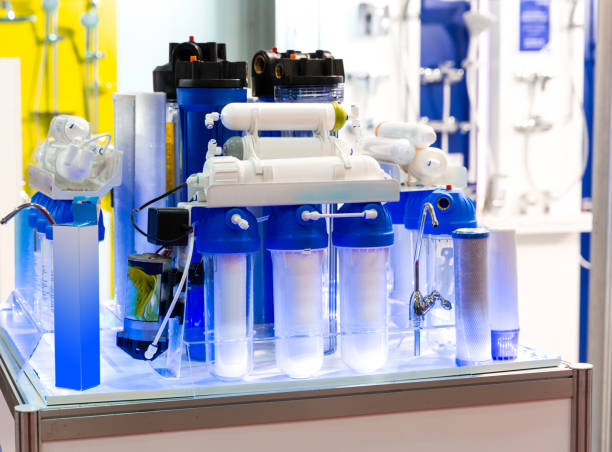
VI.Key Notes
1. Avoid back pressure: the pressure on the produced water side should not be higher than that on the concentrated water side at any time, and make sure the produced water valve is open after shutting down the machine (or install a back pressure valve).
2. Control the shutdown environment: keep the ambient temperature at 5-45℃ during the shutdown period, and avoid direct sunlight (high temperature will accelerate the propagation of microorganisms and membrane aging).
3. Check before restarting: Before restarting, flush for 5-10 minutes at low pressure to discharge the protective liquid (if used) and test the quality of produced water to avoid the protective liquid from entering the subsequent system.
4. Train operators: Regularly train the equipment maintenance personnel to be familiar with the correct switching process and emergency measures (e.g. manual pressure relief in case of sudden power failure).
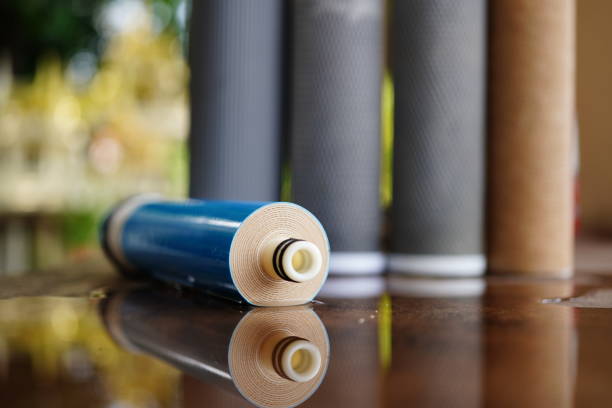
V. Saving measures after membrane damage
If the membrane has been damaged due to improper shutdown, try the following methods:
-Mild contamination: Restore part of the performance through chemical cleaning (e.g., alkaline washing to remove organic matter, acid washing to remove inorganic salts).
-Physical damage (e.g. rupture, delamination): membrane elements need to be replaced and cannot be repaired by cleaning. -Bio-contamination: use special biofilm cleaning agent (such as enzyme-containing detergent) cycle cleaning, combined with sterilization treatment if necessary.
Summarize
Correct shutdown operation is the key to extend the life of reverse osmosis membrane, the core principle is “slow pressure reduction, adequate flushing, prevent back pressure, regular protection”. By standardizing the process and maintenance management, we can effectively avoid damage to the membrane element due to improper operation and reduce the equipment failure rate and replacement costs.
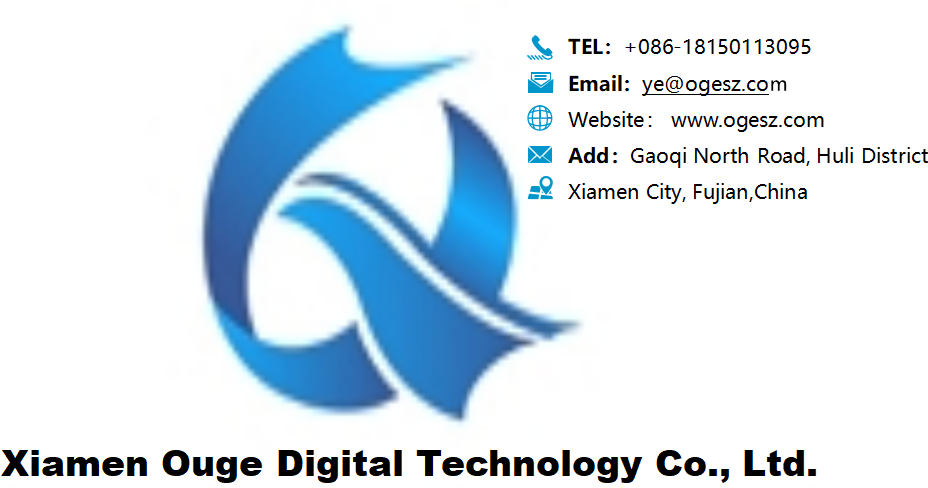
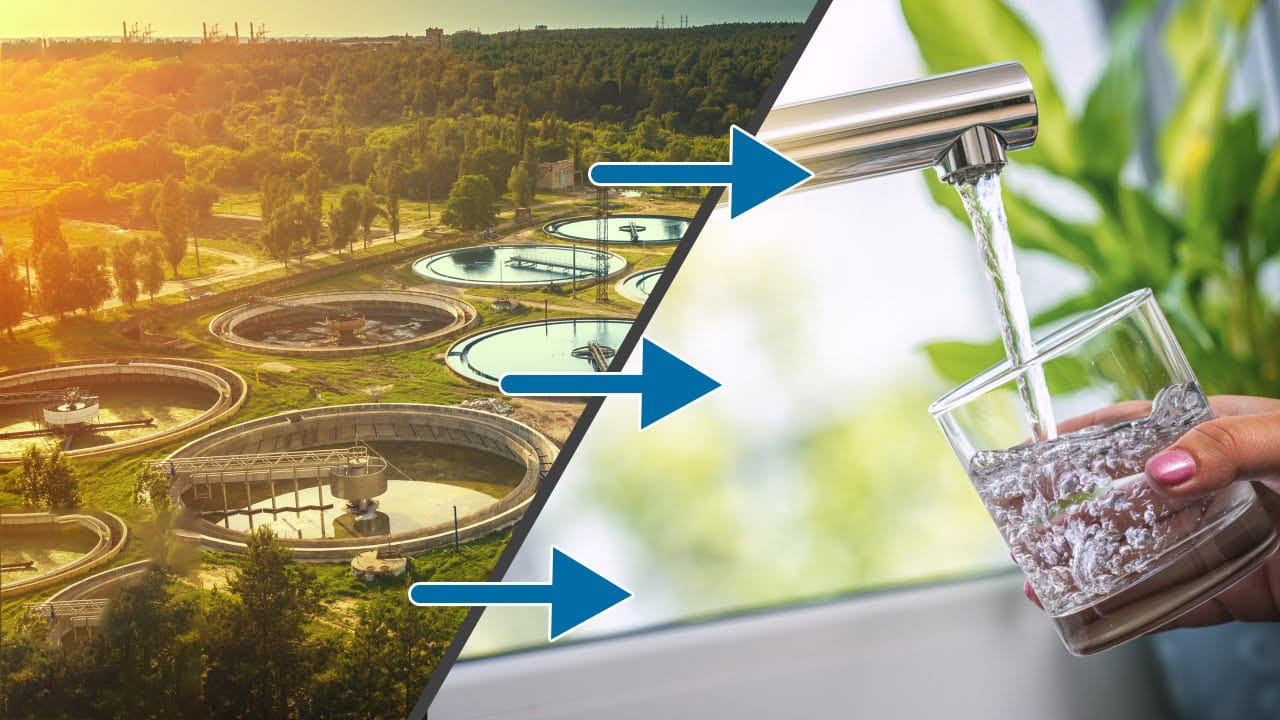 Industrial Water Purification Equipment: Making Your Production Safer, More Efficient, and More Eco-Friendly!
Industrial Water Purification Equipment: Making Your Production Safer, More Efficient, and More Eco-Friendly!
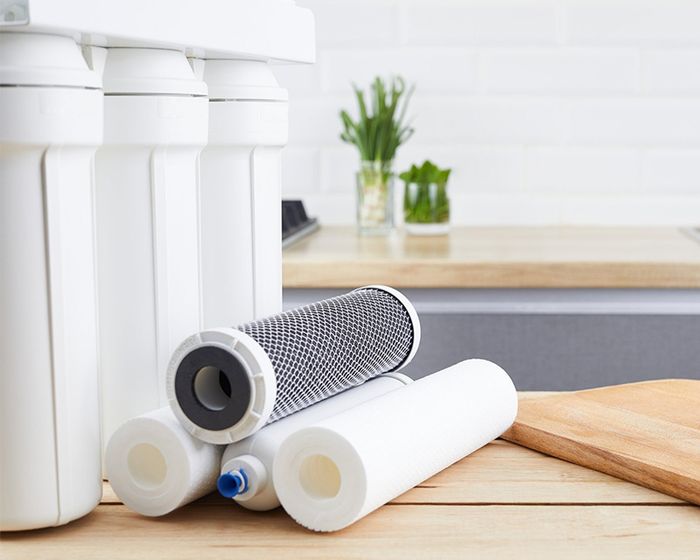 Water purifier emitting an odor? Without identifying these 5 “sources of stench,” replacing the filter cartridge is pointless!
Water purifier emitting an odor? Without identifying these 5 “sources of stench,” replacing the filter cartridge is pointless!
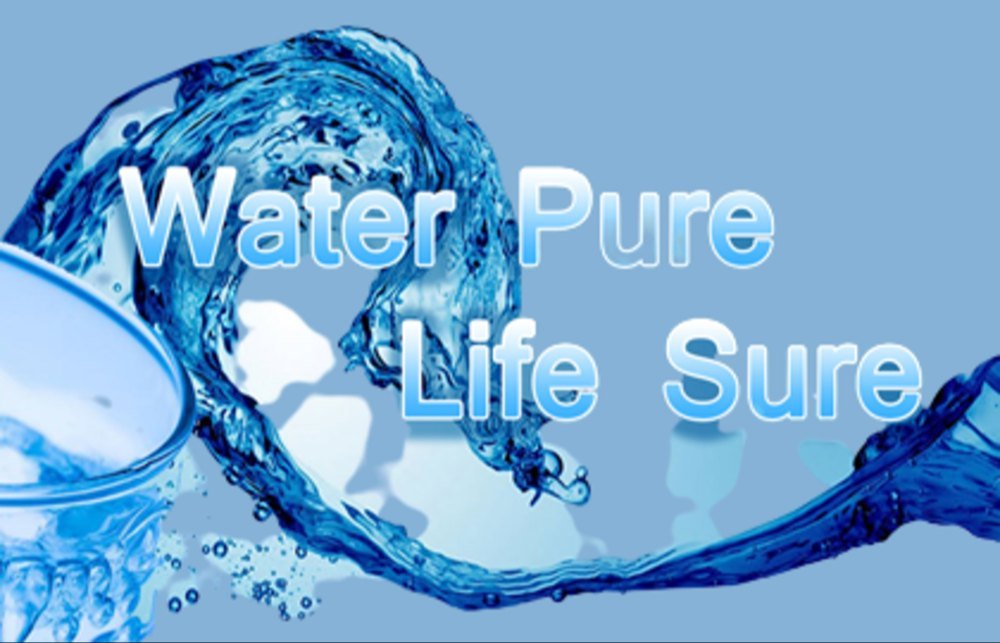 【Rumor Buster】Water Purifiers: What You Absolutely Must Know!!
【Rumor Buster】Water Purifiers: What You Absolutely Must Know!!